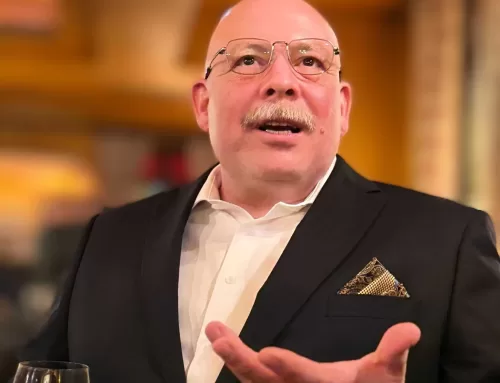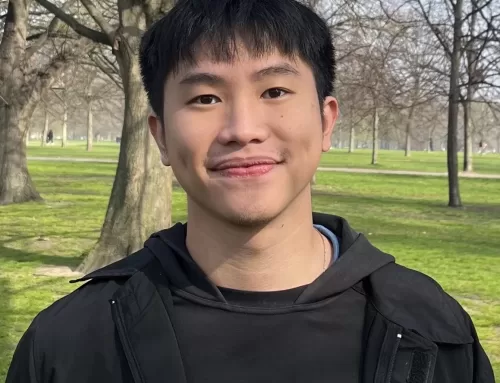The aim of this blog is not just to highlight the differences between strategists and futurists or to highlight which role is more important than the other. The objective here is to highlight the importance of integrating both roles in order to help organizations survive in the VUCA world (VUCA stands for Volatility, Uncertainty, Complexity and Ambiguity). Futurists and strategists share some of the tools and techniques to determine the plausible futures, yet both have their own methods and approaches to draw a picture how the plausible futures will look like and how to anticipate it or to shape it.
Strategists tend to look at the past performance and scan the current environment for signals of change. They build their assumption that the past conditions is a reflection to the future with an increase/decrease percentage in profitability or loss. In some cases this can be true but in other cases this can be completely inaccurate since the futures is full of disruptions and discontinuities. Pierre Wack, best known for introducing the scenario planning in the commercial businesses, once said “Most of the time forecasting is quite good and this is what make it so dangers. If forecasting is always wrong we would have get rid of it, but most of the time forecasting work. Forecasting is based on the essential assumption that the world will basically remain the same as it was. But forecasting fails you when you just need it most. Forecasting fails to anticipate major changes or major shifts. Shifts that make the whole strategy obsolete”
Besides looking at the past performance and assume that the future is a continuation of the past, strategists are also studying the current drivers of change and trends. They are focusing their attentions on current issues and develop plans to anticipate these changes. This approach would lack helping organizations to be agile and adaptive. Today we are living in a fast based and dynamic environment that requires new models of thinking to anticipate future changes. Scanning the horizon for weak singles and plausible wildcards (an event that has low probability and high impact) will help boost organizations agility and adaptability.

Example of Ken Wilber’s Integral Theory applying the shared accommodation
Futurists’ core job is to conduct horizon scanning for weak singles and build scenarios to encounter and embrace them. Perhaps one of the differentiating points between the two roles, futurists focusing on studying the system as a whole and tries to interpreter the hidden signals of change. Besides looking at the explicit side of the world, the perspective that is supported by measurements and facts, futurist dive deep in studying the interpretation perspectives that are hidden in the culture and values of the systems as a whole in order to derive the patterns of plausible future changes, the tacit perspective of the world. To best illustrate this point, I have borrowed the work of Ken Wilber and Richard Slaughter. In his work “The Integral Theory”, Wilber stated “depths that required interpretation were largely ignored in favor of the interlocking surfaces that can merely be seen … valueless surfaces that could be patiently, persistently, accurately mapped: on the other side of the objective strainer, the world appeared only as a great interlocking order of sensory surfaces, empirical forms”.
In his book “A Theory of Everything” Wilber explains that any phenomena in our world can be mapped in a 2×2 matrix. Any phenomena or an event can be mapped in four quadrant (interior, exterior, individual and collective perspectives). The first quadrant is interior and individual domain which reflects intentional perspective. This quadrant demonstrates the motivations that drive us to think about this phenomena. The second quadrant is the exterior and the individual perspective which reflects the behavioral side of the phenomena. This quadrant is the explicit actions that individual takes. The third quadrant represents the exterior and collective perspective which reflects the social domain that describes the systems and infrastructures that enables this phenomenon. The fourth quadrant is the interior and collective which reflects the culture that explains the values and the inner side of the society that influence this phenomena.
In his paper “A new framework for environmental scanning” Richard Slaughter indicated that “environmental scanning (ES) has been restricted to parts of the external world and has largely overlooked the inner one”. I could argue here that strategists are focusing their attention towards the measurable and the facts perspectives of the Wilber model. Building organizations that should be agile and responsive requires a deep dive in the four perspectives and dive into the tacit and interpretation perspectives.
The final words that I would highlight here that the world in not progressing in a linear manner and the past in not a reflection to tomorrow. We live in a world that full of disruption and discontinuity that we need to be agile in responding to it. The COVID 19 is an example for this. I do not want to debate if this is a wildcard or a weak signal, but I would highlight if we have been ready for this crisis we might been in a better position. If we have listened to our futurists we could have minimized the impact of this disruption. I have known a number of futurists that have highlighted the plausible disruption of this pandemic. I think to survive in the VUCA world, organizations need to leverage on the tools, techniques and the frameworks of futurists. As much as organizations are eager and keen to recruit strategists, they need to consider hiring futurists in order to survive in the future and maintain competitive advantages. The best scenario for organizations is to fusion the roles of futurist and strategists.




